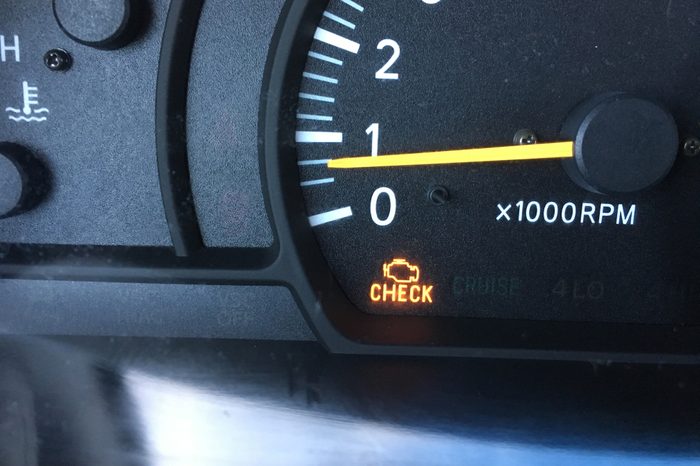
Ignoring your “check engine” and other warning lights
Drivers often think they can ignore a lit check engine light because “it’s just an emissions problem.” It’s true that the early On-Board Diagnostics (OBD) engine computers from 1982 just monitored the emissions systems. But that changed starting in 1996 with the introduction of OBD II. On cars and trucks made after that date, a “Check Engine” or “Service Engine Soon” along with other warning lights can indicate a problem with your oil, cooling system, engine valve timing, engine, transmission, brakes, stability control, traction control, four-wheel drive, all-wheel drive, airbag, HVAC, lighting, wipers, cruise control, anti-theft, accident avoidance, tire pressure, ride control, charging, electrical accessories—even your entertainment system. If you ignore the warning lights or dash messages on these vehicles, you risk serious damage to engine or transmission, costing thousands.
Ignoring a check engine, service engine soon or other warning light never pays. When a warning light or message appears, get your vehicle checked as soon as possible, before the root problem causes more damage. Here’s what to do if a warning light comes on.
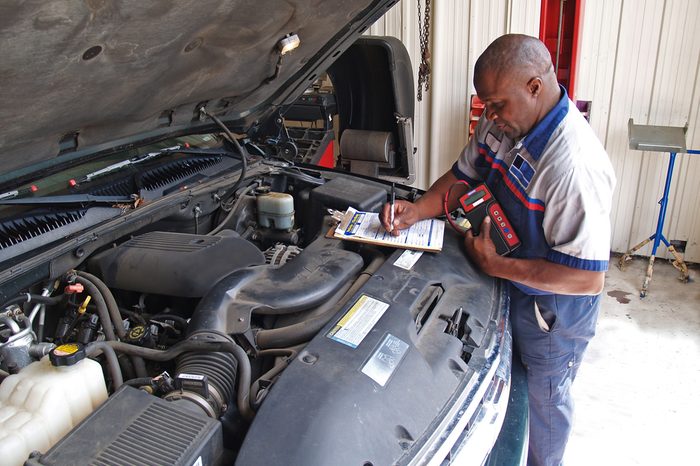
Waiting too long on routine maintenance
Late model cars and trucks are built to more exacting tolerances and that means routine maintenance is more important than ever. If you think the engineers just make up the oil and fluid change and inspection recommendations to generate money for shops, think again! They’re critical to the life of your vehicle. Here’s an example: Engine coolant does more than keep your engine from overheating. The additives in coolant also prevent internal corrosion. But those additives wear out over time. It’s easy to test coolant with an inexpensive tester and a digital multimeter. But if you skip routine coolant changes, you risk early water pump and heater core and radiator failure. A coolant change costs around $175. But a heater core replacement costs around $1,300.
Skipping or extending motor oil and transmission fluid changes can cause total engine and transmission failure. A new engine costs around $4,000 and a transmission rebuild runs around $3,500, so it’s simply not worth the risk. Your car or truck will last longer and provide more reliable service if you perform the recommended maintenance services on time. If you can’t afford the maintenance, how will you afford the high repair costs? Find all the factory recommended maintenance services in your owner’s maintenance manual. Yes, you can even change your own brake fluid and transmission fluid.
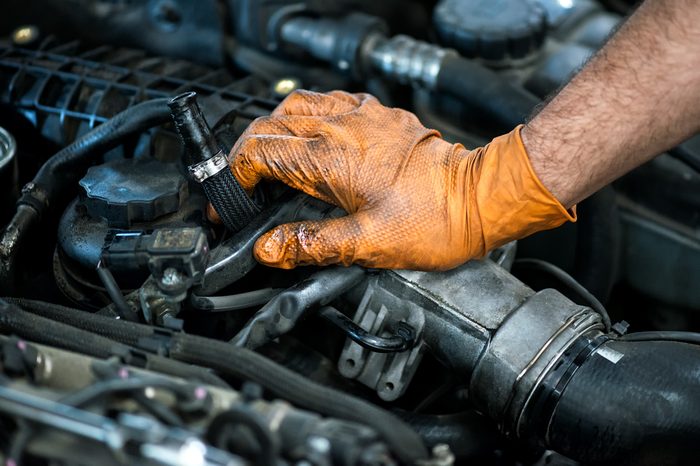
Ignoring unusual noises
Vehicles in good condition don’t make squealing, screeching, grinding, rumbling, clicking or clunking sounds. A squealing sound can be a sign of a drive belt problem. Here’s how to check for serpentine belt wear and how to change a serpentine belt.
A metallic screeching sound can indicate a failing pump or engine bearing. Grinding sounds while braking can indicate a serious brake issue, while clunking sounds can indicate suspension issues. A clicking sound during sharp turns is often a sign of failing constant velocity joints. Rumbling can be caused by a worn wheel bearing or a tire issue.
If your vehicle makes any of those sounds or you hear anything unusual, get it checked out sooner rather than later. Trust us, components that squeal, screech, grind, rumble, click or clunk DON’T heal themselves, and when they fail, they usually cause damage to other expensive components. Got an unusual noise? Here’s how to locate its source.
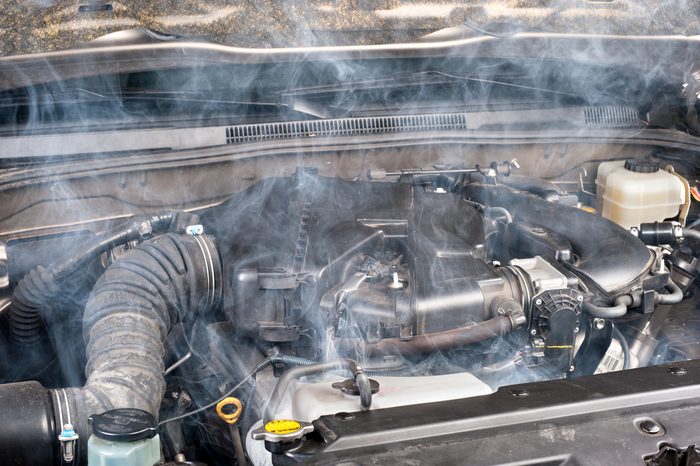
Ignoring smells
An oily burning smell means oil or fluids are leaking onto hot engine and exhaust components. By the time you notice the smell, chances are you’re already running low on fluid, and low fluid levels can cause serious and costly engine, transmission or power steering damage. Worse yet, the burning fluid can cause an under-hood fire that can destroy your vehicle.
A burning rubber smell, on the other hand, can be the sign of impending drive-belt system failure that can cause engine overheating and engine damage and leave you stranded. A burning smell coming from your brakes is a sign they’re not operating properly. None of these smells are normal. Ignoring them will only result in a much higher repair bill. Your nose knows! Don’t ignore unusual smells. Find out the 7 ways you might be wasting money on your car.
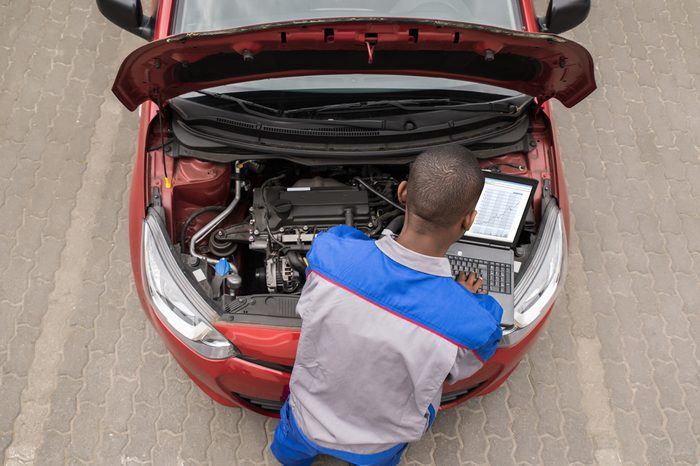
Buying a used car without a professional pre-purchase inspection report
Most used car buyers buy a car based on appearance. That’s a huge mistake. Even if you take the time to check the dipstick, look under the hood and take it for a test drive that’s still not good enough. Those cursory checks can’t detect hidden problems that can crop up after the sale and cost you dearly. Getting the vehicle checked out by a professional before you buy is a much better way. Sure, a pre-purchase inspection costs about $200, but the inspection can find problems you can’t detect.
Here’s how to buy a used car with a pre-purchase inspection:
- You and the seller agree on a price that’s contingent on getting a clean bill of health from the shop of your choice.
- Schedule an appointment with the shop and have the seller drop off the vehicle at the appointed time.
- The shop will scan the vehicle’s computers to check for evidence of recently erased trouble codes, as well as any “pending” trouble codes or “history” codes. Recently erased codes are a cause for concern because they indicate the seller’s attempt to hide a problem.
- Next, they test drive the vehicle while monitoring computer data from the fuel, ignition, engine, emissions and transmission systems. Like a doctor reading a CAT scan or EKG or the results of a blood test, a skilled technician can spot sensor values that are out-of-range, indicating a more serious problem.
- The shop then performs physical checks for belt, suspension, tire, and steering component wear. Finally, they test the charging, cooling, HVAC and braking systems.
- You get a full report with the results along with an estimated cost for any recommended repairs.
- Once you have the report, you can proceed with the purchase, renegotiate the price or walk away from the purchase.
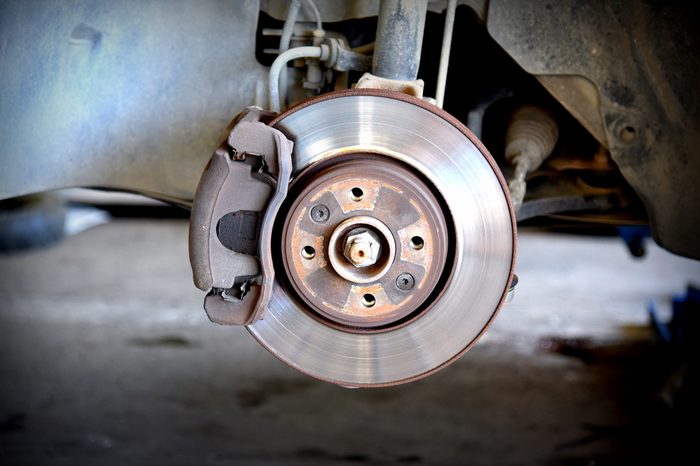
Shopping for the lowest price on a brake job
A typical brake job from a reliable shop costs around $250 to $350, depending on vehicle and local labor rates. That price includes brake pads and new hardware, installation, and rotor machining (if needed). But some shops advertise brake job “specials” week after week for as little as $99. How can one shop charge $250, while another charges just $99? Simple; the low price is a “loss leader” to get you in the door so the shop can use high-pressure tactics to upsell you.
High-quality brake pads retail for around $75/set and a brake job takes about 1-1/2 hours. With shop labor rates running between $90 and $140 per hour, there’s really no way a shop can make money on a $99 brake job; they have to recommend more services or parts. Recent actions by state Consumer Protection Agencies against “bait and switch” shops show that hardly anybody gets out the door with just a $99 brake job. Not only do customer pay more, but their bills are usually much higher than a brake job from most independently owned shops—$500 or more instead of $250 to $350.
Avoid brake job “specials” that sound too good to be true. Instead, read online reviews to find a trustworthy locally owned shop or dealership and pay the going rate for a brake job. You’ll come out ahead in the long run. Here’s how to avoid brake job rip-offs.
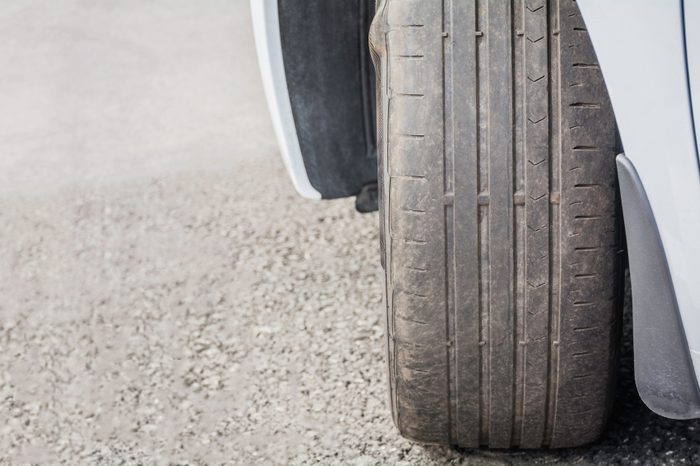
Driving on worn tires
Tires cost a bundle so it’s no surprise that car owners try to squeeze the last bit of life out of theirs before dropping $700 on a new set. But running your tires down to the 2/32-in. legal limit (new tire tread is usually 10/32 to 11/32 in. deep) can cost you more in the long run. That’s because low tread depth greatly increases your chances of getting into an accident—and that can cost you big-time.
Independent tests conducted by tirerack.com, a large online tire seller, show that as tire tread wears below the 4/32-in. mark, traction decreases result in increased stopping distances along with the increased hydroplaning on wet pavement. Stopping tests show that a vehicle traveling at 70-MPH requires 100 more feet to stop with 2/32-in. tire tread than the same vehicle with 4/32-in. tread. At high speeds, that extra stopping distance can mean the difference between life and death.
But there are low-speed implications as well. Sliding into a curb with worn tires at just 20-MPH can cause around $1,500 in damage for a bent wheel, strut, control arm, tie rod or even a bend steering knuckle. You could file a claim with your insurance, but that’ll cost you at least a $500 deductible and count as an “at fault” accident. Plus, you’ll still need new tires to avoid future accidents.
Replacing your tires when they reach 4/32 tread depth provides an extra margin of safety for you and your passengers and reduces the likelihood of skidding on wet pavement. Here’s our best tire buying advice.
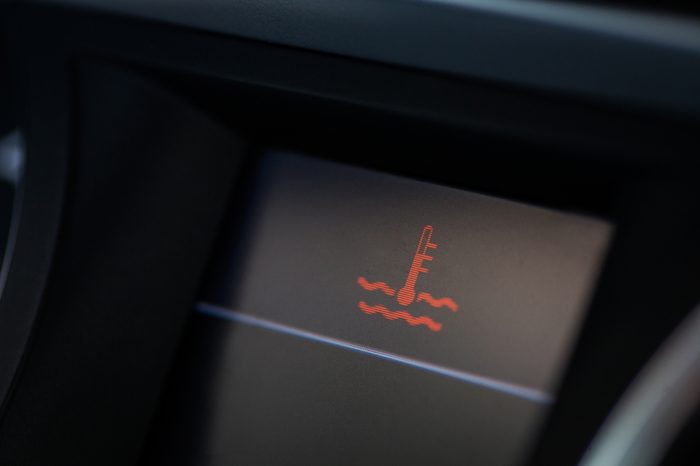
Driving your car when it’s overheated
Engines can overheat due to a coolant leak, failed radiator fan, clogged radiator, broken drive belt, stuck thermostat, blown hose or a failing water pump. Those failures can usually be fixed for $250 to $1,000, depending on the cooling system/engine design. However, if you ignore the temperature warning light and continue to drive an overheated engine, you can turn a fairly minor cooling system problem into catastrophic engine damage costing upwards of $4,000.
Don’t try to limp home or to a shop!
With older cast iron engines, you could sometimes limp home or to the nearest shop by turning your heater on full blast and pausing along the way to let the engine cool down. That method doesn’t work well with modern aluminum engines. Driving an overheated aluminum engine for as little as 5-minutes can result in total head gasket failure. Once the gasket fails, it can leak coolant into the crankcase where it destroys engine bearings, or it can leak into the exhaust where it destroys the catalytic converter. When you finally get your vehicle to a shop, you’ll not only have to fix the underlying cooling system failure, but you’ll also have to repair the head gaskets (around $1,500) and catalytic converter (around $1,200). If you’re really unlucky, it’ll cost you a whole new engine. A tow costs around $150 to $200. That’s much cheaper than a head gasket repair. Don’t risk it, call a tow truck!
What to do if your vehicle overheats
- Turn on your hazard warning lights
- Pull over immediately and turn off your engine
- Call a tow truck and have your vehicle towed to a reputable repair shop
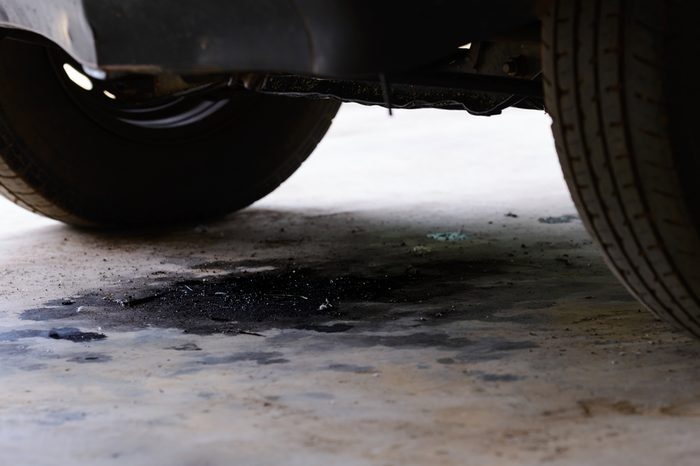
Ignoring oily wet stains on your driveway
Large wet oily stains on your driveway are a sign that an engine, power steering, brake or transmission seal or gasket is leaking and that the fluid is probably low. Low fluid levels can cause early engine, transmission and power steering overheating and failure, and a brake fluid leak presents a real safety hazard. You can identify most fluids by their color and feel. Motor oil is oily and brown, Coolant can be green, yellow, orange, red or blue and feels much thinner between your fingers than oil. Transmission and power steering fluid are bright or dark red (although some power steering fluids are clear or gray). Fresh brake fluid is honey colored, while older brake fluid is usually dark brown and not as oily as motor oil. Once you identify the type of fluid on your driveway, locate the dipstick or reservoir for that component and check the fluid level—it’s probably low. Refill with the recommended fluid. Then get the leak checked out by a reputable shop. Fixing the leak now will save you far more later. This is the best way to clean oil stains from concrete.
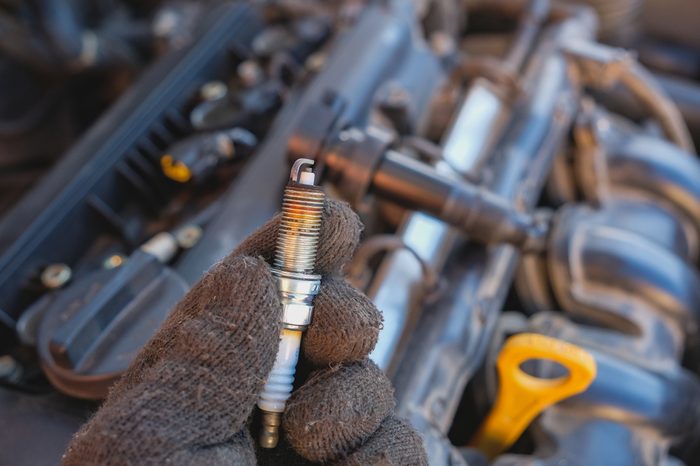
Bringing your own parts
You wouldn’t bring your own ham and eggs to a restaurant and expect to pay for just the labor to cook them. Yet customers often buy auto parts online and ask the shop to install them for only the cost of labor. Auto repair shops are no different than any other retail service business; they make a profit on both labor and parts. When you bring your own parts, you’re asking the shop to sacrifice a portion of their profit. Why would the shop do that? In fact, most shops won’t install customer provided parts at any price. Of the shops that do install customer parts, many add a surcharge or use a higher labor rate to compensate for the lost profit on parts. Plus, the shop won’t cover the labor if the customer provided part fails while under warranty. So bringing your own parts may not save you anything. But if you still want to bring your own parts, check with the shop first to see if they’ll install them and at what price.
Some Profit Perspective
You may think auto repair shops are getting rich on parts markup and their hourly labor rate, but the numbers don’t bear out your suspicions. Surveys show that the average profit margin for auto repair shops is around 37 percent. That percentage is line with most other retail service businesses and is actually much lower than other retail businesses like clothing (46 percent), restaurants (61 percent), furniture (44 percent) or optical (57 percent). Don’t miss the 8 car care tips you must do in the winter time.
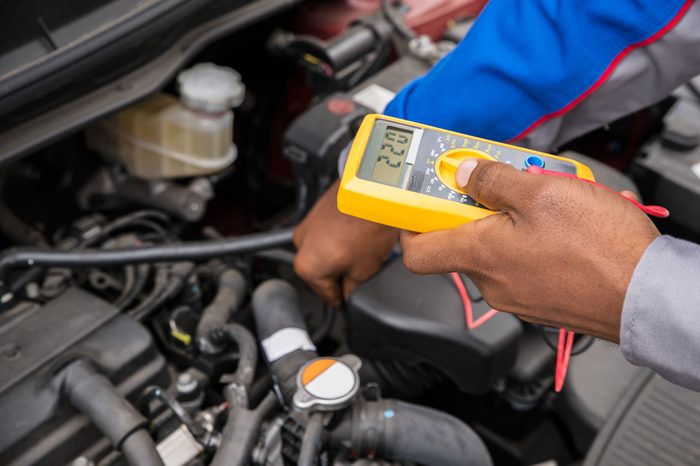
Expecting a free diagnosis
Customers often think that diagnosing a car problem is as simple as plugging in a code reader and replacing whatever sensor is listed in the code. Since auto parts store read trouble codes for free, customers think the shop is ripping them off when they charge a diagnostic fee. But reading the trouble code is just the first (and easiest) part of diagnosing a problem. Only a hack technician would replace the part mentioned in the trouble code without conducting more tests. That’s like a doctor recommending a heart transplant because your blood pressure reading was high.
Professional technicians go way beyond just reading the trouble code. First, they consult a database of technical service bulletins to see if the car maker has identified a “pattern failure” associated with the trouble code and then check to see if the manufacturer has issued a fix or released an updated part to correct the problem. Next, they perform voltage tests and examine the wiring harness to rule out a possible short, open or corrosion issue. Then they conduct individual tests in the shop and on the road to see if they can duplicate the problem. In many cases, the technician connects specialized testing equipment to confirm or rule out the usual suspects.
A thorough diagnosis can easily take an hour or more by a highly skilled technician. That time isn’t free, and since diagnostic technicians are usually the highest paid techs, shops often charge a higher fee for this service to cover the specialized equipment and ongoing training. A free diagnostic from an auto parts store is worth exactly what you paid for it. But a thorough diagnostic from a skilled technician is worth every penny.
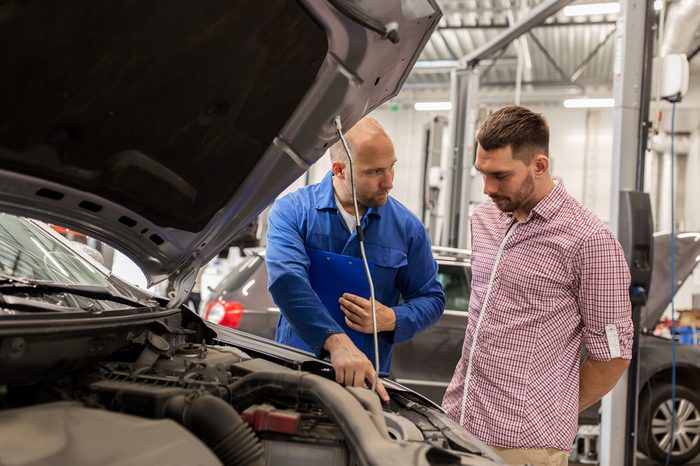
Telling them what to fix
Some customers tell the shop what part to replace or what service to perform based on their own diagnosis. Shops hate that because it puts them in a no-win situation. If the shop turns down the repair, they get blamed on social media and review sites for “being greedy because they couldn’t charge a diagnostic fee.” But if they do the repair and it doesn’t solve the problem, they get downrated on review sites for “charging me for something that didn’t fix the problem.” Check out the 7 summer car care tips every driver should know.
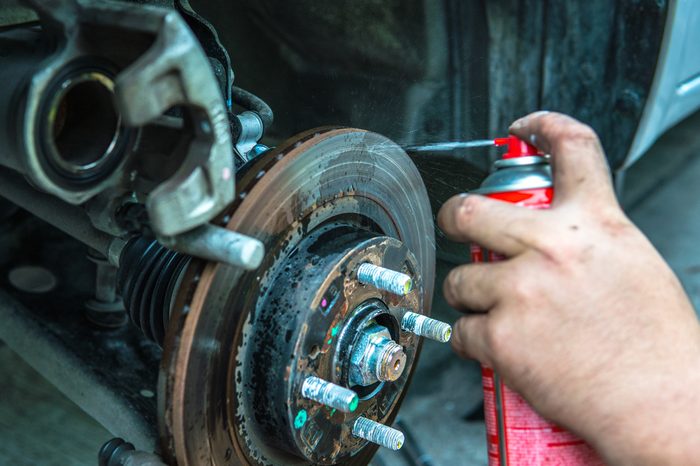
Complaining about shop supply charges
During a repair, technicians use rags, specialized cleaners, rust penetrant, spray lubricants, gasket and adhesive remover, sealants, abrasives, grease, grinding and cut off wheels and replacement nuts and bolts. Some of the specialized cleaners and abrasives are costly and really tough jobs require more product. But it would cost the shop far more to track the exact cost of supplies for each repair than to come up with an average charge based on the number of hours of labor required. Some shops build that average cost into their hourly labor rate. But that can make the shop’s labor rate appear uncompetitive if nearby shops don’t bundle those supply costs into their labor rate. To avoid charging a higher labor rate, many shops bill separately for shop supplies and that generates customer complaints. But here’s the bottom line; shop supplies are a real cost and they’re directly related to the repair of your vehicle. So you have to pay for them one way or another. Trust us, shop owners aren’t getting rich off the shop supplies charge on your invoice.